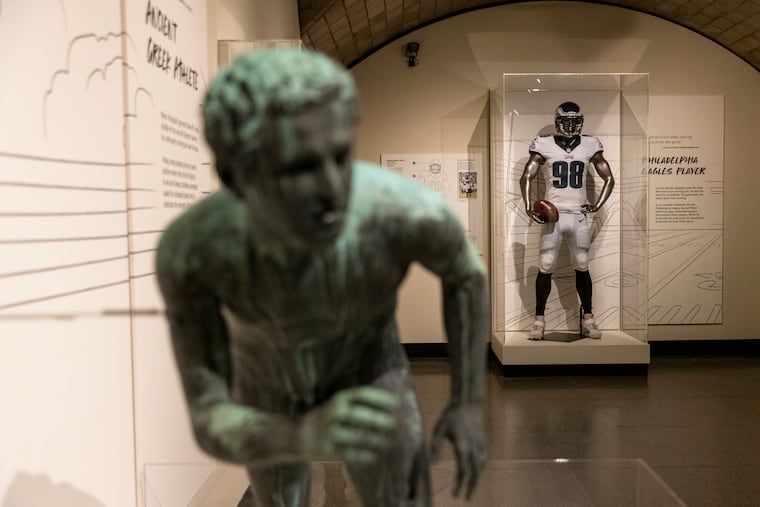From naked Greek athletes to Marian Anderson’s elegant velvet concert gown, new show at Penn Museum is dressed for all occasions
With its first major exhibition post-shutdown, the museum covers 2,500 years of adornment demonstrating the power of clothing to shape and conceal identity.
